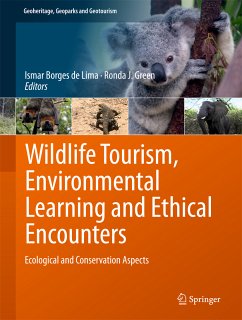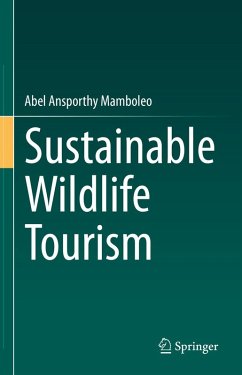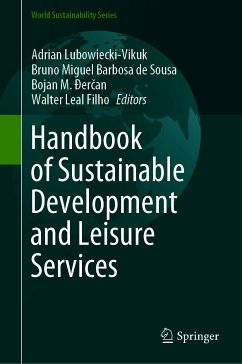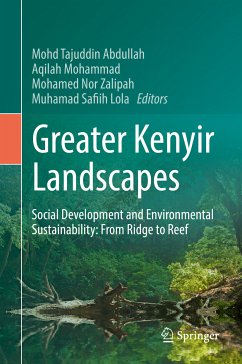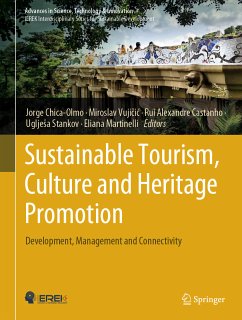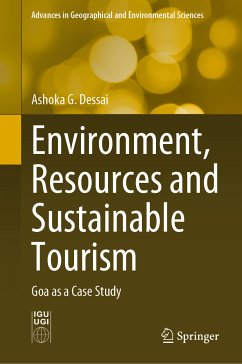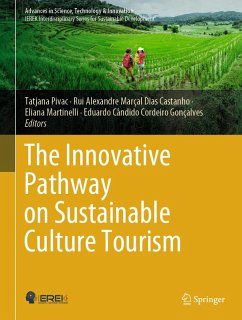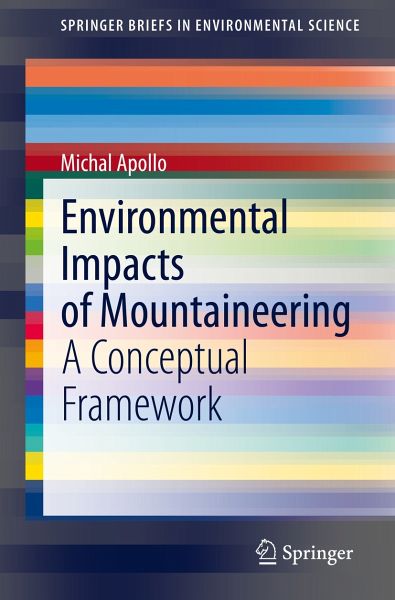
Environmental Impacts of Mountaineering (eBook, PDF)
A Conceptual Framework
Versandkostenfrei!
Sofort per Download lieferbar
52,95 €
inkl. MwSt.
Weitere Ausgaben:

PAYBACK Punkte
26 °P sammeln!
This book investigates the consequences of mountaineering (hiking, trekking, climbing) on the natural environment. These consequences are divided into three groups: 1) transformations caused by the mountaineer's, or other people's, stay in a mountaineering region; 2) transformations caused by the mountaineer's travel (movement) through a mountaineering region, with the consideration of the ground type (rock, rock and grass, grass, residual soil, snow, ice), and 3) transformations caused by the use of mountaineering equipment. Each of the three groups are examined individually for their direct ...
This book investigates the consequences of mountaineering (hiking, trekking, climbing) on the natural environment. These consequences are divided into three groups: 1) transformations caused by the mountaineer's, or other people's, stay in a mountaineering region; 2) transformations caused by the mountaineer's travel (movement) through a mountaineering region, with the consideration of the ground type (rock, rock and grass, grass, residual soil, snow, ice), and 3) transformations caused by the use of mountaineering equipment. Each of the three groups are examined individually for their direct interference with the environment, i.e. caused by the main activities of climbing, trekking and hiking (both for elite and mass mountaineering) and their indirect interference caused by auxiliary activity (mainly in the case of mass mountaineering). Auxiliary activity includes guide services, transport of equipment, use of base camp facilities and the delivery of artificial support equipment, andsupports the main activity. The consequences of mountaineering on the natural environment are characterized in terms of individual components of the environment (land relief, soil, vegetation, fauna, and landscape) and location/zone of mountaineering activity (hiking, trekking or climbing zone). Because of the connections and interdependence between particular components of the environment (biotic and abiotic), only preservation of each of them can bring the desired effect - a reduction in the negative impact of mountaineering. This book presents comprehensive research outcomes and serves as a platform for more detailed, future studies.
Dieser Download kann aus rechtlichen Gründen nur mit Rechnungsadresse in A, B, BG, CY, CZ, D, DK, EW, E, FIN, F, GR, HR, H, IRL, I, LT, L, LR, M, NL, PL, P, R, S, SLO, SK ausgeliefert werden.



